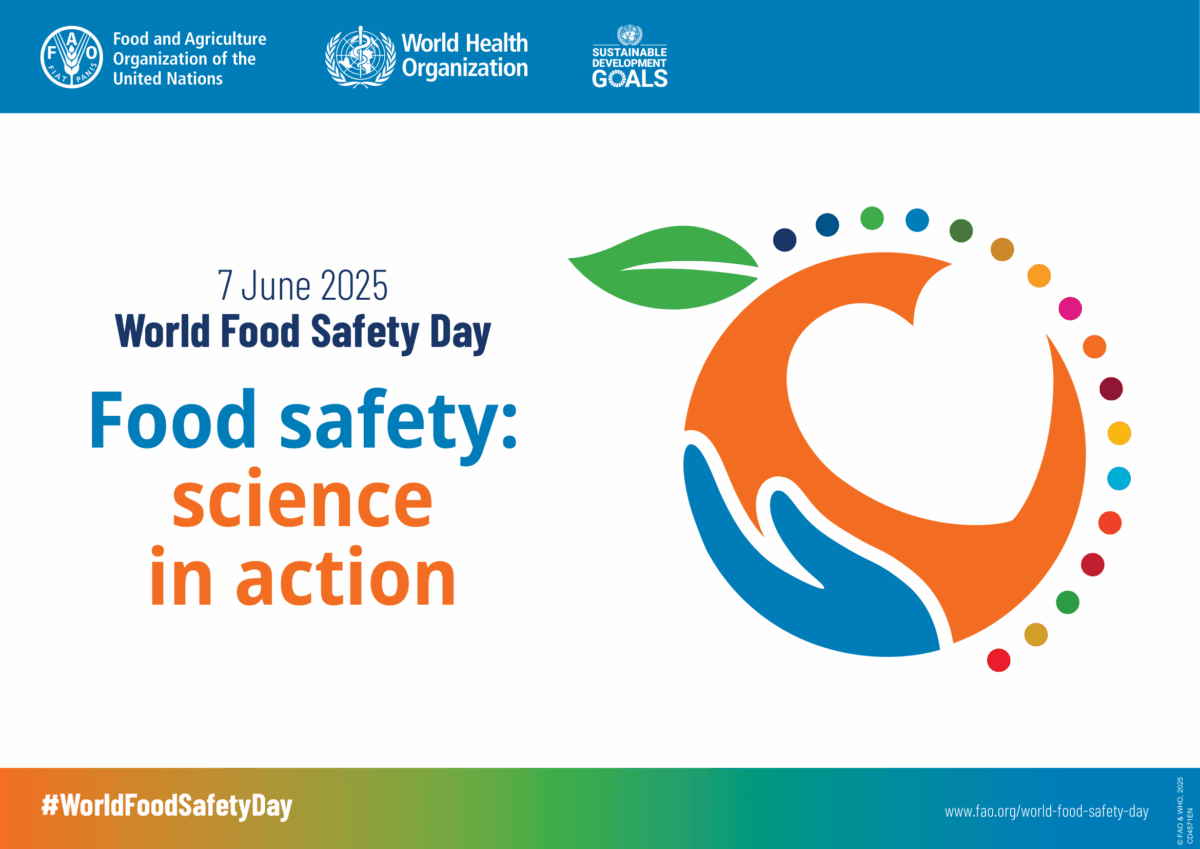Based on data from the FDA, the Environmental Working Group (EWG) has determined that almost 80 percent of all US supermarket meat is contaminated with some form of antibiotic-resistant bacteria. The organization came to this conclusion after examining over 47,000 federal government lab tests of bacteria in supermarket meat. However, the FDA is pushing back against these claims.
The non-profit organization and political lobby group claims that the FDA is aware of such antibiotic resistance. In 2013, EWG released a report highlighting superbugs in the grocery space and apparently no changes have been made to reduce the microbial burden on meat products, according to the organization. However, according to the 2017 release of the FDA’s 2015 National Antimicrobial Resistance Monitoring System Integrated Report (NARMS), consumers don’t need to be worried.
“Overall resistance remains low,” for most human infections and “there have been measurable improvements in resistance levels,” wrote the FDA.
However, EWG believes that the FDA is downplaying their concerns and that there is plenty to be concerned about in the meat industry. To start, EWG claims that the FDA knows that 75 percent of bacteria found in grocery store meat is antibiotic-resistant. The non-profit also released a similar report in 2013 that highlighted the issue of antibiotic-resistant bacterial contamination in the meat industry.
However, the FDA responded to the 2013 report by claiming that antibiotic-resistant bacterial contamination is on a downward slope and that the EWG has not considered the type of bacteria that is commonly found in most of these meat products.
“While we are always concerned when we see antimicrobial resistance, we believe the EWG report oversimplifies the NARMS data. EWG’s evaluation of the NARMS findings does not take into account important differences between various forms of bacteria and antibiotics. The EWG report cites some pathogens that don’t lead to food-borne illnesses or focuses on resistance to antibiotics that are not commonly used to treat sick people. Furthermore, it is alarmist to imply that pathogens resistant to one, or even a few, antimicrobials should be called “superbugs” – if these same bacteria are still treatable by other commonly used antibiotics,” said the FDA.
The most common bacteria associated with foodborne illnesses include Campylobacter, Salmonella and E. coli. The government tests food products for these bacteria every year and they also search for an indicator bacteria called Enterococcus faecalis, which can develop antibiotic-resistance and pass it on to neighboring pathogenic bacteria. This happens between bacteria as genes pass from one microbe to another.
Due to the fact that the FDA’s NARMS statistics are difficult to decipher because of the way it is presented, the EWG had to add some of the numbers up themselves. After looking through the 2015 FDA testing results, EWG found that 87 percent of indicator bacteria found on ground turkey was resistant to tetracyclines – which is the most used type of antibiotic in the meat industry. This antibiotic is also used in humans to treat conditions such as ear infections, bronchitis, pneumonia and urinary tract infections. The World Health Organization (WHO) also refers to this antibiotic as one of the limited therapies available to treat bacterial infections in humans.
However, the FDA claims that Enterococcus faecalis bacteria are not regarded as a cause of foodborne illness. The EWG also failed to mention that it is already known to the public that a significant proportion of this bacterial species is resistant to antibiotics.
“The numbers cited are also misleading. We do not believe that EWG fully considered important factors that put these results in context: whether the bacterium is a foodborne pathogen (Enterococcus is not considered a foodborne pathogen), which drug(s) the bacterium are resistant to (for example, most Enterococcus faecalis is naturally resistant to the antibiotic class of lincosamides), and whether the main therapies for the pathogen are still effective (NARMS data indicates that first-line treatments are still effective),” said the FDA.
The salmonella found on meat samples was also found to be resistant to a commonly-used antibiotic. A strain of the bacteria associated with inducing nausea, abdominal cramps, fever, chills and blood in the stool, was found to be resistant to amoxicillin, which belongs to the same drug class as penicillin. This drug is the number one prescription given to children, and in 2010, 18 million children received this drug. It is also commonly used to treat salmonella infections in pregnant women. This type of antibiotic-resistance was found in one in five strains of salmonella isolated from grocery store chickens. Nevertheless, this number is half of the rate it was in 2010.
In total, antibiotic-resistant bacteria were found in 79 percent of ground turkey samples, 71 percent of pork chops, 62 percent of ground beef samples and 36 percent of chicken samples. About 84 percent of the resistant bacteria found on pork were resistant to tetracyclines and the same resistance was found in 71 percent of bacteria found on chickens and 26 percent found on beef. In addition, 73 percent of salmonella found in ground turkey was antibiotic resistant in 2014.
Salmonella was found to be resistant to 13 out of 14 antibiotics that the FDA tested in 2014 and E. coli was found to be resistant to all of them. This means that if consumers ingested undercooked versions of any of these meat products, they could potentially develop an infection that is resistant to at least one type of commonly-used antibiotic. In fact, over 2 million people are infected with antibiotic-resistant pathogens every year in the US ̶ whether from ingesting contaminated foods or through other contact with bacteria – and at least 23,000 die as a result.
Although the NARMS data agrees with these salmonella statistics, EWG did not mention the fact that these contamination rates are on a downward slope. The statistics presented in the 2015 NARMS report were from 2014 research, and EWG did not mention the fact that resistant salmonella contamination rates dropped from 73 percent in 2014 to 57 percent in 2015.
Salmonella found on retail chicken samples also decreased from 59 percent to 57 percent during that period. In addition, the percentage of products contaminated with salmonella strains that are resistant to three or more antibiotics have decreased from 41 percent of chicken products and 43 percent of turkey products in 2011, to 15 and 30 percent, respectively.
However, antibiotic-resistant Campylobacter ̶ a species of bacteria known to induce bloody diarrhea, fever and nausea in humans ̶ contamination rates in chicken products continued to increase or remain at high levels between 2013 and 2015. This bacteria is known to be resistant to ciprofloxacin, which is one of the most commonly prescribed antibiotics on the market. While the use of this drug in poultry products has been prohibited since 2005, the data suggests that it is still being used. This bacteria is also increasingly becoming resistant to erythromycin, which is another heavily-prescribed medication.
Antibiotic-resistant E. coli was found on 57 percent of ground turkey, 31 percent of chicken, 12 percent of pork chops and seven percent of ground beef samples. These rates have remained steady for the past 13 years.
The FDA tried to reduce the use of antibiotics in farm animals in 2013 with a guidance that urged drug manufacturers to reduce their production of antibiotics for growth promotion in animals. However, this guidance did not make a dent in the regular practice of using antibiotics on animals. A 2016 study conducted by nonprofit research and public policy organization, Pew Charitable Trusts, found that there is still an issue with the number of antibiotics used on meat-bearing animals. In fact, the NARMS report identified a 26 percent increase in the number of drugs sold for food-producing animals between 2006 and 2015.
According to the EWG, food companies have been getting away with this antibiotic misuse because the FDA analyzes resistance trends only if they are of medical importance. This is why the EWG is urging the federal government to take action against these superbugs by reducing the use of medically important antibiotics in factory farms.
“We believe that bacterial resistance to a single antibiotic is superbug enough, and consumers shouldn’t have to wait for widespread, multiple-drug resistance and untreatable bacterial infections for the FDA to protect them,” wrote the EWG.
The FDA responded to the EWG’s recent report by mentioning their current efforts to reduce resistant bacterial contamination.
“Already, the FDA has fostered antimicrobial stewardship in the veterinary setting, eliminated the use of medically important antimicrobials in food-producing animals for growth promotion purposes, and both limited therapeutic use of these drugs to legitimate animal health needs and placed them under veterinary oversight,” they said. “The FDA recognizes that antimicrobial resistance is a critical public health issue, and the agency has already taken actions designed to slow the development of resistant bacteria while understanding that more work needs to be done.”












Join or login to leave a comment
JOIN LOGIN